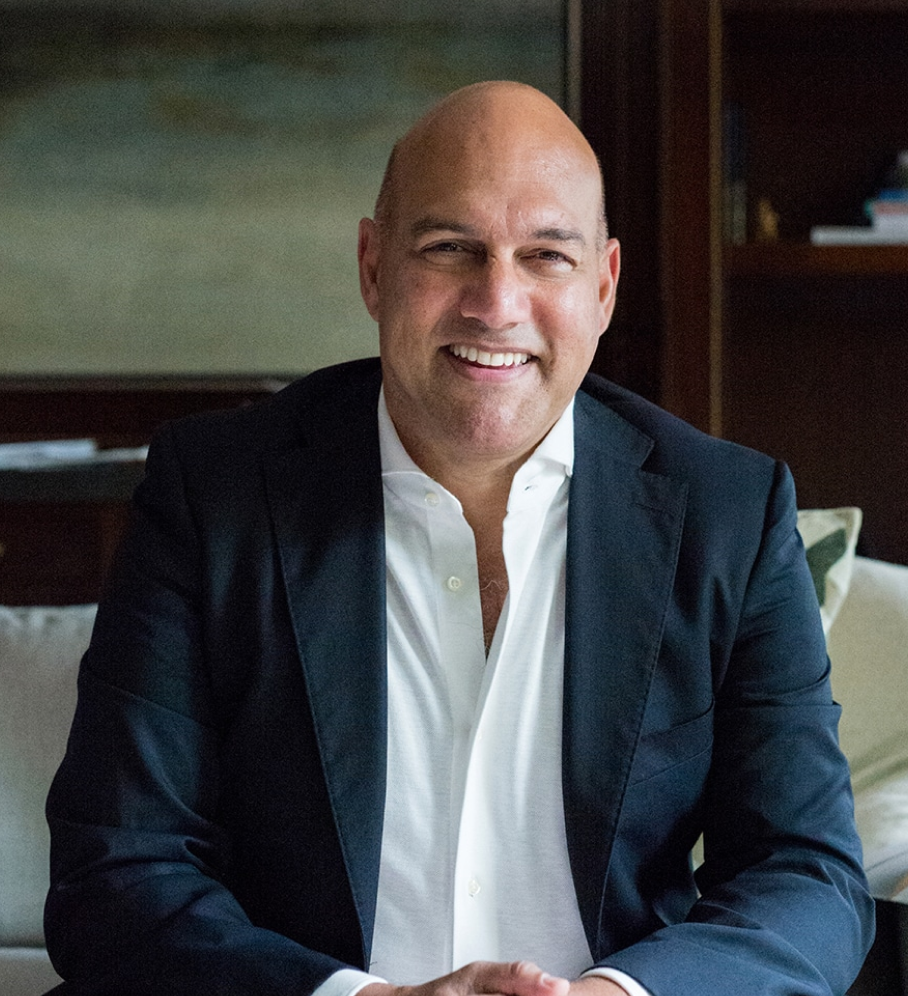Case Study - XPRIZE and The Power of Incentives
The XPRIZE Foundation is a global platform for implementing large-scale incentive competitions to drive massive Engagement and solve grand challenges. That concept isn’t new. Public competitions have been around for a long time. The development of ship chronometers was spurred by an 18th-century competition to create clocks that worked accurately on a rocking ship in order to determine longitude. Charles Lindbergh flew across the Atlantic in 1927 in pursuit of the $25,000 Orteig prize for the first nonstop flight between New York and Paris. In fact, co-author Peter Diamandis was inspired to create the XPRIZE Foundation after reading about the Orteig Prize and Lindberg’s flight.
Thanks to the popularity of the XPRIZE, incentive competitions are back in the news. This Engagement technique is typically used to identify promising innovators in the undifferentiated Crowd and move them into a targeted Community. Competitions are then used to challenge, leverage, and motivate that Community in order to solicit radical, potentially breakthrough ideas.
For Peter, the XPRIZE started with his love of space and his desire to create commercially viable human spaceflight capability. He was certain that some engineer or entrepreneur in the global aviation and space Crowd was capable of building a private spaceship. In 1996, under the iconic Gateway Arch in St. Louis, Missouri, Peter announced a $10 million purse for the first non-government organization able to build a reusable spaceship that could successfully carry three adults at least 100 km into space and repeat the flight again within two weeks. The purse was later funded by the Ansari family and was rebranded the $10 million Ansari XPRIZE.
On September 29 and October 4 of 2004, a vehicle called SpaceshipOne, built by famed aerospace engineer Burt Rutan and backed by Microsoft cofounder and philanthropist Paul Allen, made two consecutive flights to win the prize. The winning technology was then licensed by Sir Richard Branson, who created the spaceflight company Virgin Galactic.
An incentive prize creates a clear, measurable, and objective goal, offering a cash purse to the first team to achieve that goal. The approach offers huge leverage and efficiency: incentive prizes pay the winner only after the feat has been clearly achieved. They are tools that can be used by individuals, startups, medium-sized and large corporations, and even governments. But they are most powerful—and unique—in that they allow small teams or lone innovators to launch or transform industries. By tapping into the deep-rooted human desire to compete, incentive competitions push teams to deliver their very best work.
Perhaps the most important benefit of an incentive competition is that it creates an ecosystem of competing teams. Incentive competitions can engage and inspire dozens, and sometimes thousands, of teams to find innovative solutions to achieve a goal. Such innovations can galvanize not only a single company but an entire industry, spurring it forward at an unprecedented pace. In April 2021, the XPRIZE launched its largest prize to date: a $100 million purse for “gigaton carbon removal,” funded by Elon Musk. More than 1,100 teams registered to compete.
To date, over its 28-year history, the XPRIZE Foundation has launched more than $300 million in prize purses, ranging in size from $2 million to $100 million. A spinoff platform called HeroX allows companies to create their own smaller challenges to solve local and global challenges. HeroX enables the rapid design and launch of incentive competitions, ranging from $0 ”Karma” prizes to competitions with purses of $1,000 to $1 million.
Two key aspects of incentive prizes are worth keeping in mind: First, when XPRIZE puts up an incentive prize, its Community of competitors typically spends between 10 and 20 times that amount on research and development. Thus, as Peter notes, “a $10 million spaceflight XPRIZE drove initially $100 million spent cumulatively by all the teams, and eventually birthed a huge industry that will soon cross the $500 billion mark.”
Second, incentive prizes deliver innovation from the most unlikely sources. For example, the second-place team in the $3 million Wendy Schmidt Oil Cleanup XPRIZE was made up of a dentist and a tattoo artist (the former got a tattoo from the latter) who tested their solution in a swimming pool. If you were an investor, would you fund that team? Very likely not, but maybe you should have, as they placed second in the competition and met all the criteria.
Today, thousands of incentive prizes are in progress worldwide. The recent emergence of computer code bug bounties is a great example: software developers reward competitors who find problems in their code.
With XPRIZE, we see the incredible Engagement potential of incentive prizes. If you’re an ExO, ask yourself: How can I use an incentive prize to tap into the most brilliant innovators in the connected world and convert my Crowd into my Community?
Join Our ExO Community - Unlock Exponential Growth!
Traditional growth models risk obsolescence. Learn how to become an Exponential Organization (ExO) and drive innovation with disruptive technologies. Sign up now!
Organizations implementing the formula have delivered over
- ⭐ 6.8x high profitability
- ⭐ 40x higher shareholder returns
- ⭐ 11.7x better asset turnover
- ⭐ 2.6x better revenue growth








